How We Got to do House Sitting in Kathmandu
There are quite a few house sitting websites available. We are registered with Trustedhousesitters.com. Out of all the other sites, they seem to have the most that come up in Asia.
We receive e-mails twice a day to keep us up-to-date with the new listings that come in on a daily bases, we also receive direct requests as well. It is then a matter of sifting through the location, the dates and what responsibilities come with the sit.
Once you see a house sit that you want to apply for, you then hit the ‘apply now’ button and send them a request. They can click on your profile and also read your reviews from previous sits. It is common to have quite a bit of competition. Some housesitting assignments attract over 20 applicants.
It is quite rare to see a house sit come up in Nepal so we jumped at the chance to look after two pug dogs in Kathmandu. The dates suited us nicely and it was a lengthy sit. The longer the sit is for, the more worthwhile the travel expenses to get there.
It is usual that the homeowner requests a Skype (or WhatsApp) video call. It’s a little bit like a job interview. It helps them to make a decision on who to chose to look after the most important things in their life – firstly their beloved pets and secondly their home (in that order).
Chiang Mai to Kathmandu
Usually, we get at least a few days of downtime between house sits. This time our assignments were ‘back to back’. Our house sit finished in Chiang Mai and our next one in Kathmandu, Nepal was to start the next day.
We caught a flight from Chiang Mai to Bangkok. There was only a 3-hour wait and we were boarding our flight direct to Kathmandu.
Nepal Entry Visa
When researching the visa requirements for Nepal, we found the information to be quite confusing.
As recommended, we applied for an online visa-on-arrival for a 90-day stay. We were approved and we were sent some barcodes which we had to print off and show on our arrival in Kathmandu, along with x2 passport photos and $100US cash.
As we had our printed out barcodes we could join the line to pay our fee before heading to the appropriate visa line at customs. I’m doubtful that getting approval online actually saved us any time at all as the same form was handed out on the plane. You can complete this form and line up in the same place as we did. Not much point in doing it online I’m thinking.
Compared to other countries it is quite an expensive visa. If you are wanting to do any of the treks (that Nepal is famous for) you also need to pay for a separate Trekking Visa. There were many people lining up to pay entry fees of various types so that is quite a sizable income for the country from tourism. I’m not sure how much of it goes to the appropriate places.
Budhanilkantha House Sit
Our lovely host for our housesitting assignment met us at the airport. Being greeted in the traditional Nepalese way with garlands of fresh flowers and scarfs made us feel quite special.
We soon learnt that Namaste is used for all greetings and farewells and is to be said with palms together like prayer. ‘Namaste’ literally means ‘I see the God within you’.
Budhanilkantha is a suburb set close to the surrounding hills which encompass Kathmandu Valley. Although it is 10 kilometres from the city centre, the roads are still in a shocking state after the devastating earthquake in 2015 so it takes over half an hour to travel this distance. It has a population of around 15,000 and is situated at the base of Shivapuri Hill.
It would be fair to say that we have seen and travelled on some ‘interesting’ roads in our travels around Asia and these ones are right up there with them. There are cars, buses, motorbikes, scooters and cows all fighting for their space on the road. Road rules are almost non-existent and often drivers seem to have blinkers on and just keep going to get their place in the queue.
We rarely saw any westerners or tourists in the area on our daily outings.
Getting Around
Buses
There are literally hundreds of buses driving around Kathmandu transporting locals. It’s a confusing set up as there are numerous different buses of various sizes, shapes, condition and colours. It is obvious that there are no schedules, timings or limits on loading. There would be no way of telling if you were getting on the right bus or in the direction you want. And then there is the guesswork of how much it would cost.
We have even seen the locals get directed off one bus and had to wait for a different one. How on earth would a visitor sort out how to ride them to get to where they needed to go?
Taxis
As in most other countries, you need to keep a lookout for a metred taxi or negotiate a price before you set off on your journey. Know your prices before you try catching a taxi. They are all very tiny cars so it could be challenging if you’re transporting luggage as well.
We had the contact details of a taxi driver we could text and ask for him to pick us up. We only used him once to get to and from the Farmers Markets. The price was agreed to prior to our departure and he turned up at our gate as arranged. Once we’d finished at the markets he duly arrived to take us back home again. That return trip cost us 1,000NPR/$13.60NZ.
I’m still not sure if this was a fair price but he had come well recommended by our hosts so had no reason to doubt his sincerity.
Driver
We were incredibly lucky to have the use of our host’s driver. They have the use of him every Wednesday and between his other driving job up to a maximum of 10 hours per week.
We limited our outings to Wednesday’s and one other day during the week. This was ample for us as we always reluctant to leave the pets in our care for long periods of time. We had eateries, food stalls, fruit and veggie stalls and grocery stores all within walking distance of our front gate so didn’t need to travel to get supplies.
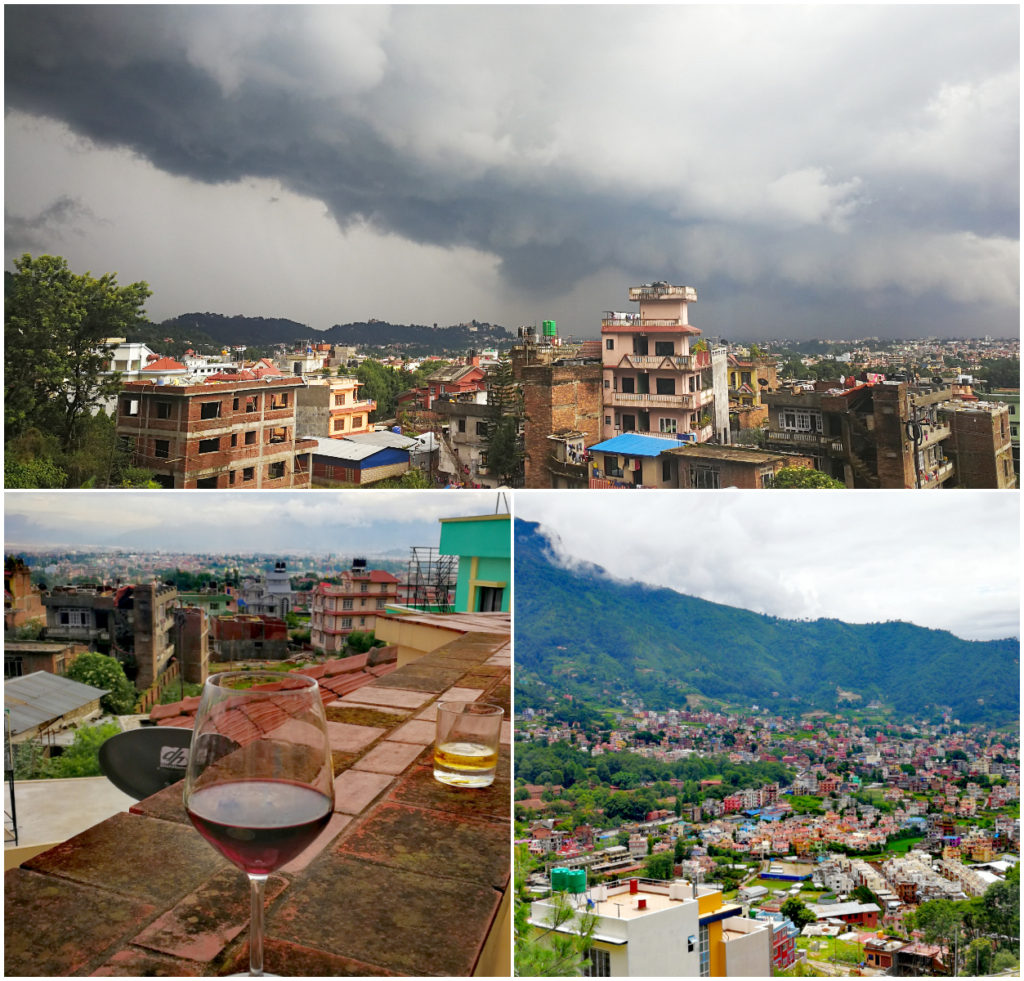
Happy Hour on our rooftop watching the storm come in while overlooking our panoramic view of Kathmandu
Exploring our Neighbourhood
We enjoy being active so heading out each morning for a walk around our neighbourhood was looking very attractive.
As Budhanilkantha is located close to the mountains, it was easy to find a challenging hill climb. There was a loop road (rather a jutted track) that we walked most mornings. It was a hard 2 km uphill slog towards the Shivapuri Nagarjun National Park. Coming back down was somewhat easier so long as you didn’t break a leg or get run over the process.
The condition of the track was shocking. This track serves many of the residents who travel up and down to town every day. So does school buses, bicycles, taxi, scooters and motorbikes. Every day they negotiate a treacherous trail of deep holes, water eroded clay, burst water pipes, uncovered manholes and large rocks.
Walkabout
Our morning ritual walkabouts gave us more insight into local’s daily lives than any tourist route could ever offer. The locals got used to seeing us every morning and there was always plenty of ‘Namaste’ as we trudged our way up and down the mountainside.
We would never quite know what sights and experiences our morning walks would bring us. We’ve seen a cremation happening on the side of the road, a body being dressed while family gathers to mourn and women trudging up hills carrying sacks of flour slung from their heads.
School Kids
The track was on the school run route so we always had plenty of entertainment watching the buses negotiate the narrow tracks. Sometimes the wheels would lift off the ground as the bus bumped and scraped its way along. The waiting kids would like to practice English with us. ‘What is your name?’, ‘where are you from’, ‘where are you going’ seem to be the main catchphrases.
I would certainly be reluctant to put my child on those school buses but there aren’t any other options for them. Schooling is placed very high on the priority list and children are sent to school 6 days a week. What really amazed us that amongst a life of mud, dust and grime, with next to no sanitary mod-cons, every child was absolutely immaculate. Dressed in their spotless school uniforms, their hair was combed or braided and their shirts were ironed and whiter than white. How they get those shirts so clean when all they do is handwash is beyond me!
Everyday Life
The locals go about their lives in the most basic of ways. Everything is labour intensive and very ‘old school’. We have no doubt that the earthquake in 2015 had a devastating effect which set the area back years. All the resources are being put into restoring the historical areas in order to attract the tourists.
Because of this, the locals suffer, having to make do with the most basic infrastructure. If something needs fixing, the community members seem to band together to patch it the best they can.
Cooking Lessons
As mentioned earlier, we had the use of our host’s driver a couple of days per week. They also had a Didi (home helper) and a gardener (to tend to the massive gardens around the home).
We had the option not to have the Didi every day so arranged for her to come in on the days we went exploring Kathmandu so the pugs had someone with them while we were gone.
I found out that our Didi and Gardener were quite good cooks. I asked if they could finish early one Friday afternoon and cook a traditional Nepalese meal. They were keen to show me what they went home and cooked for their families most nights.
We had a lot of laughs as they attempted to show me the art of Roti making (kneeling on the floor for better leverage when kneading), Dahl and veggie curry.
I was pleasantly surprised at how simple their curries are. They use chilli sparingly and keep the spices simple without over complicating it too much.
We all enjoyed a shared lunch together, a perfect ending to a working week for them.
I continue to tweak my curries to suit our tastes. Somehow, they never quite end up tasting the same as the one before but I think I have a general understanding of the art of Nepalese cooking.
Cost of Food
The cost of the local food in Kathmandu is incredibly cheap. This is especially so in the town where we were staying as we were out of the ex-pat and tourist areas.
I could walk out our gate and have a number of fruit and veggie stalls to choose from. Our favourite veggies for the curry was mainly eggplant, marrow, potato, tomato, beans, onion, garlic and ginger. The times I went shopping for these ingredients would cost me on average 210NPR/$2.80NZ. These veggies would also last us 2-3 meals.
If I didn’t feel like cooking, we would nip across the road to a lovely family food stall. Our most favourite Nepalese food staple would have to be momos. They are very similar to steamed dumplings. The choices of fillings include chicken, vegetable, buff (buffalo) or cheese. The momo lady was our new best friend. Ten momos would cost us 85NPR/$1.16NZ.
The husband of the Momo Lady was the head cook and he would also cook a mean Thukpa. This is a Tibetan noodle soup with different ingredients depending on where in Nepal you come from. It is influenced by both Tibet and India and can be quite spicy. His version wasn’t too hard on the palate and was full of veggies and chicken with a tasty broth. Some nights we splashed out and one plate of momos and a big bowl of thukpa cost us 250NPR/$3.50NZ.
Say No to Leafy Greens
We got a good reminder from our hosts about steering clear of raw leafy greens, especially during the monsoon season in Kathmandu.
Cyclospora is not killed by bleach or iodine like most other bugs that linger on fresh produce and can make you very sick.
It is just safer to avoid raw veggies and soak all other cookable veggies in a bleach-based solution for over 20 minutes.
Why House Sitting
Our Kathmandu assignment is our 17th house sit in 18 months. We find that housesitting gives us the opportunity to really get to know some of the less visited areas in some of the most popular (and not so popular) countries.
Kathmandu is a prime example of where housesitting has given us an experience that we just could not have had by coming here as tourists.
Because we are caring for two dogs, we limit our time away from the house. We were very lucky to be in an area which is just teeming with local life.
The house is situated in a garden sanctuary behind high walls, but just outside our gate was the real Kathmandu.
We did manage to venture out to tick some tourist spots off the list. These are covered off in separate blogs.
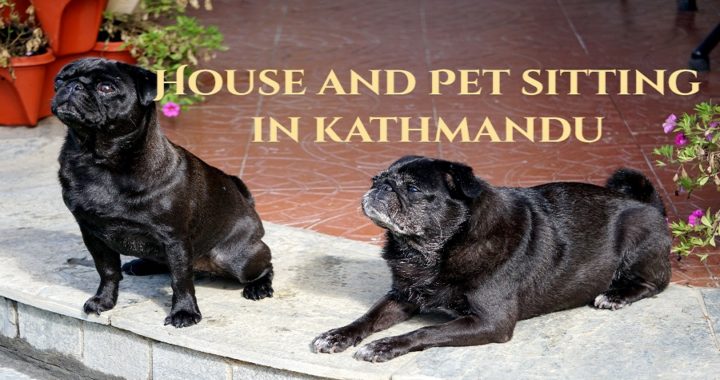

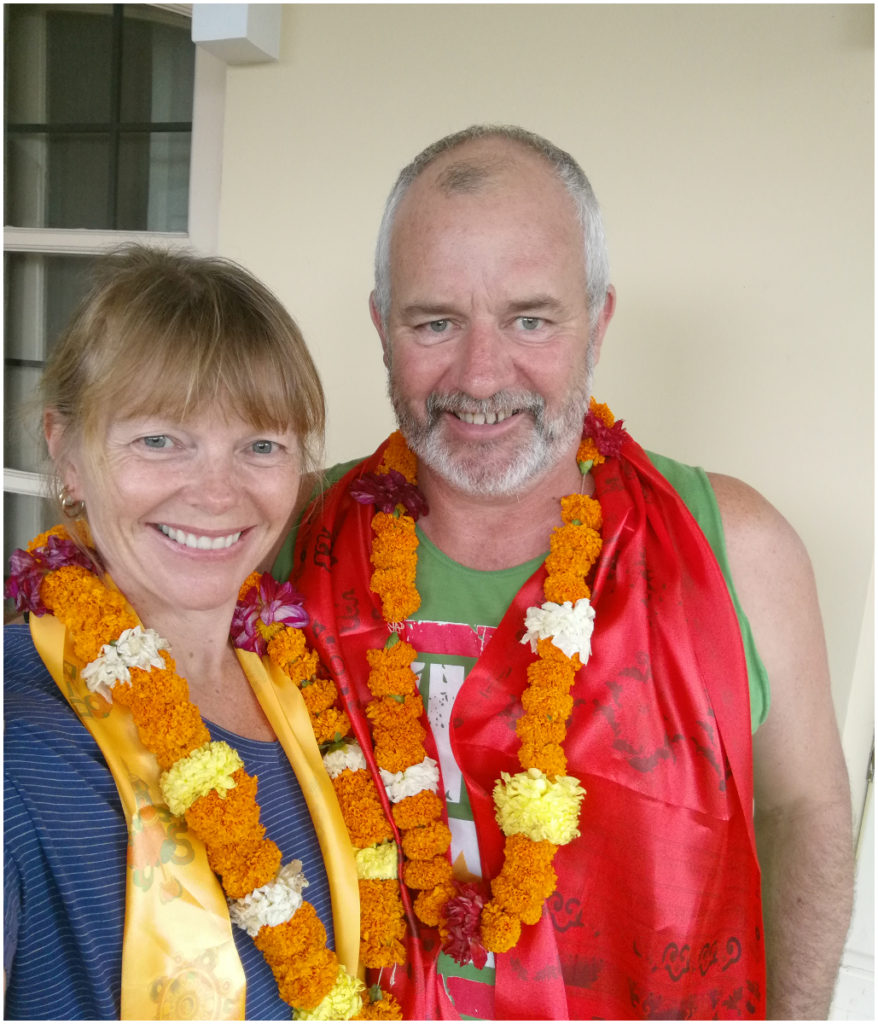
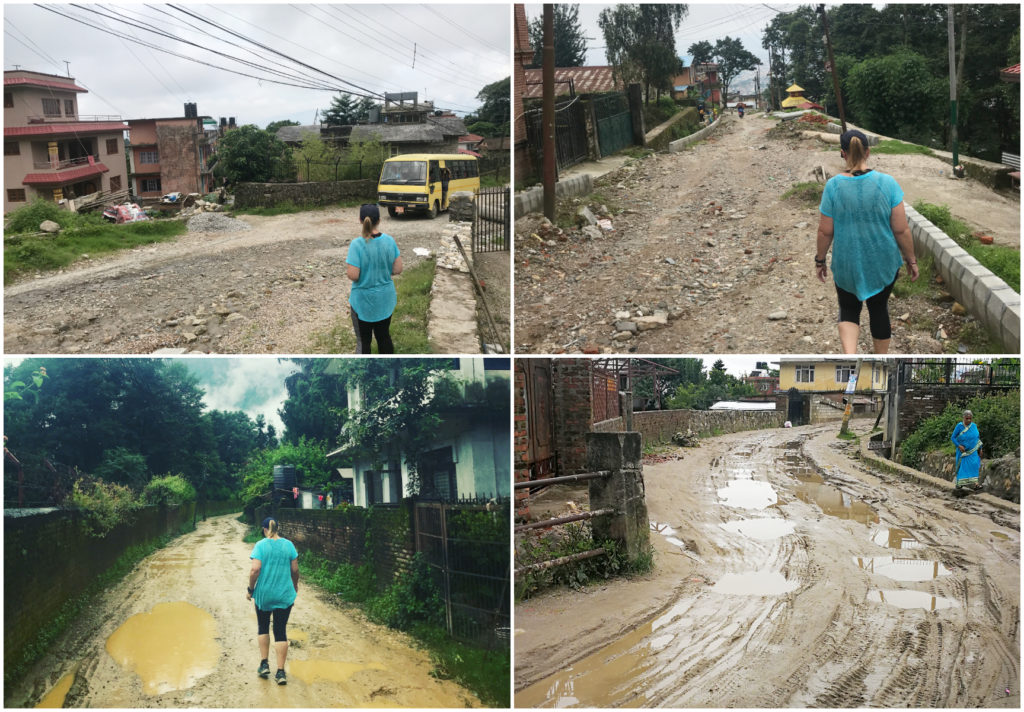
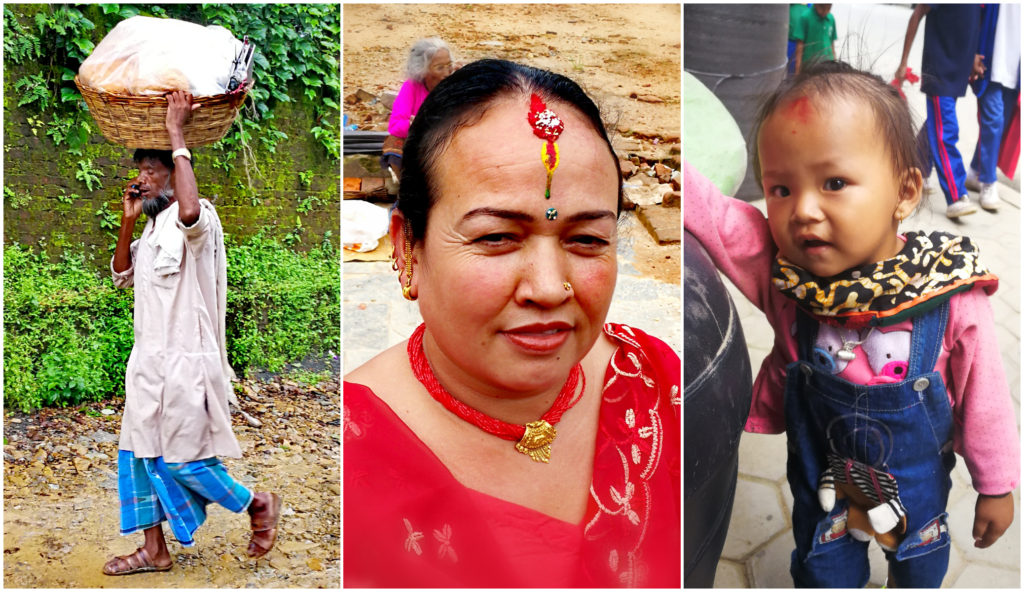
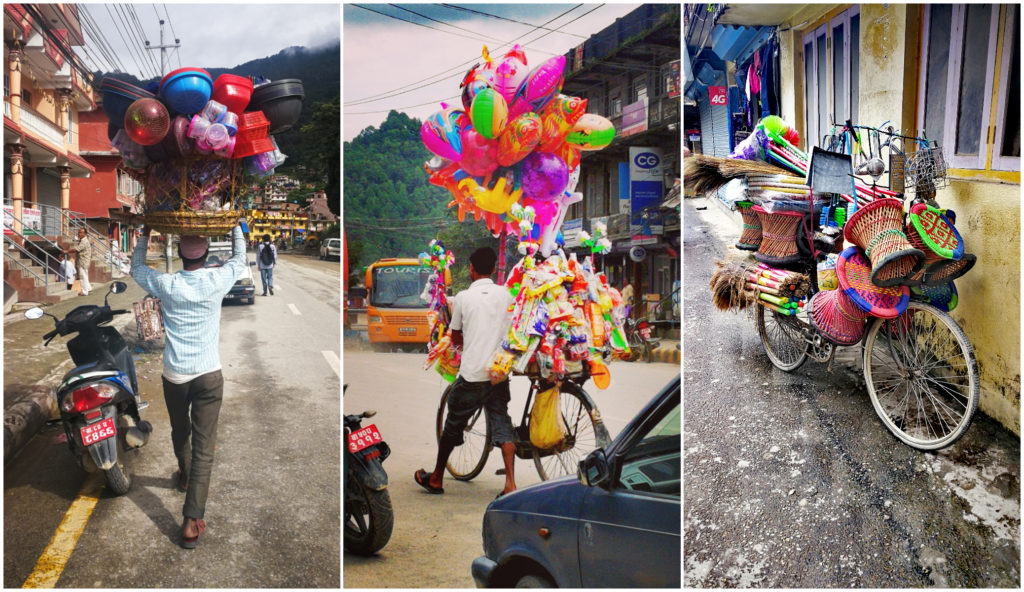
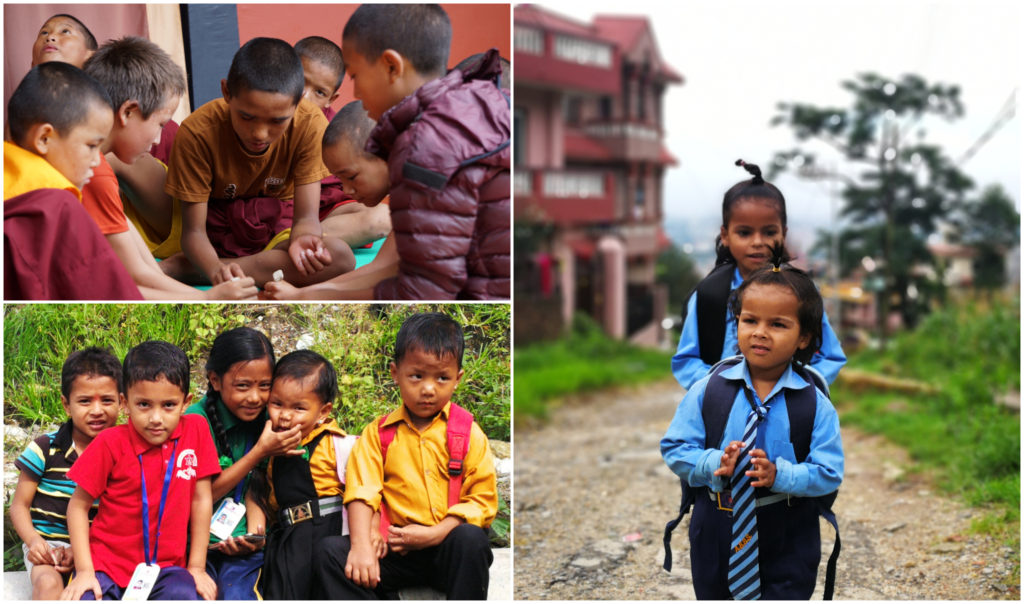
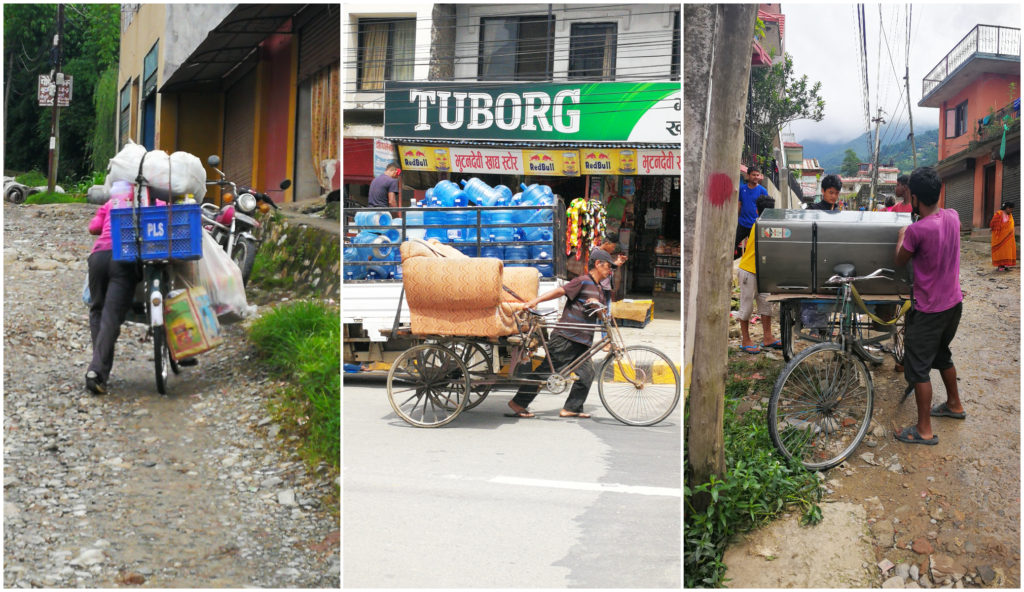
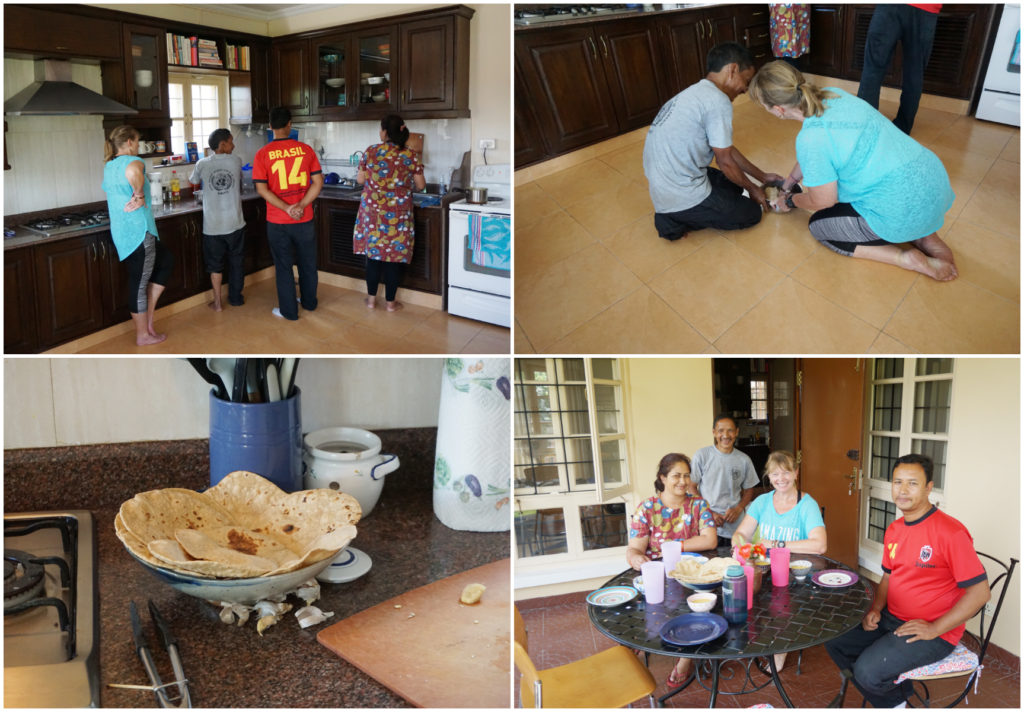
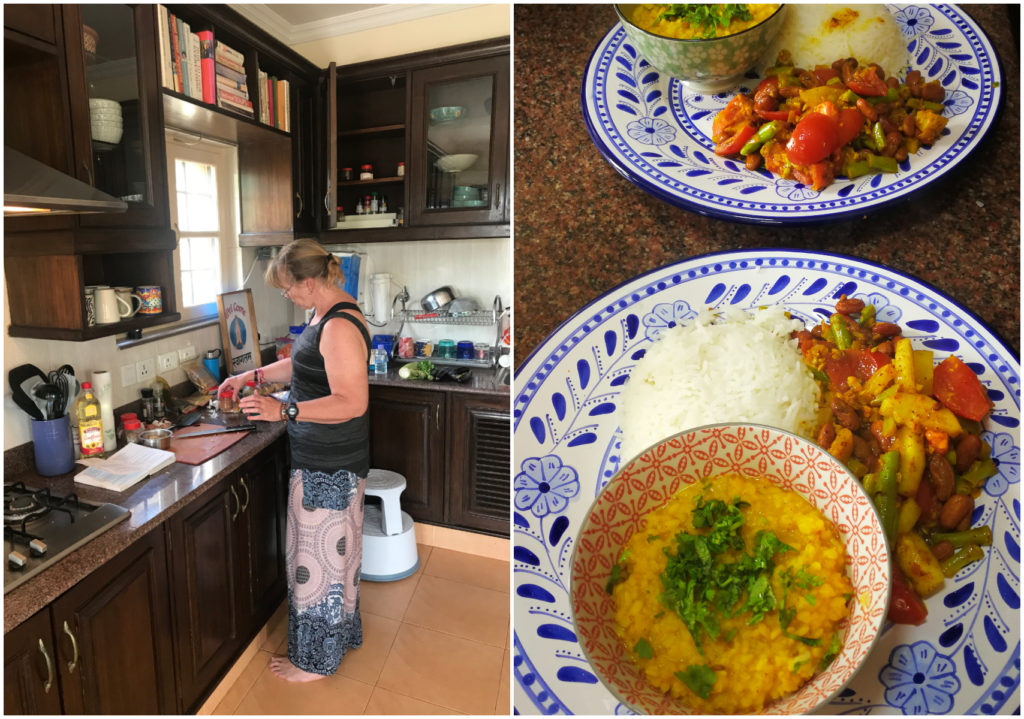
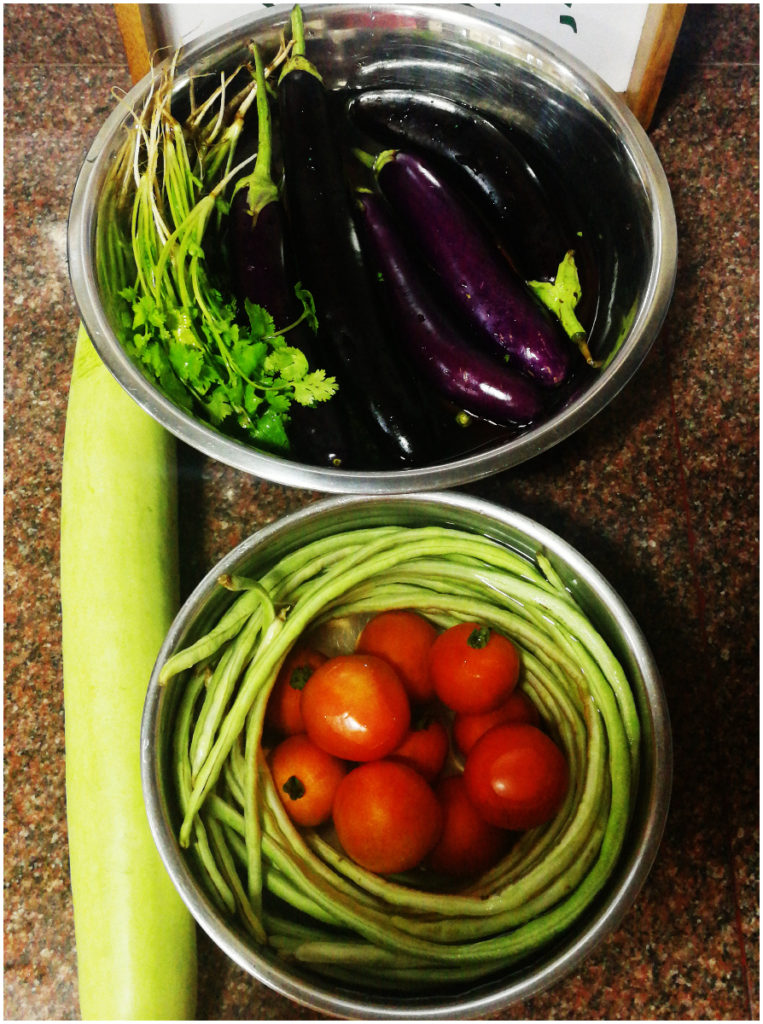
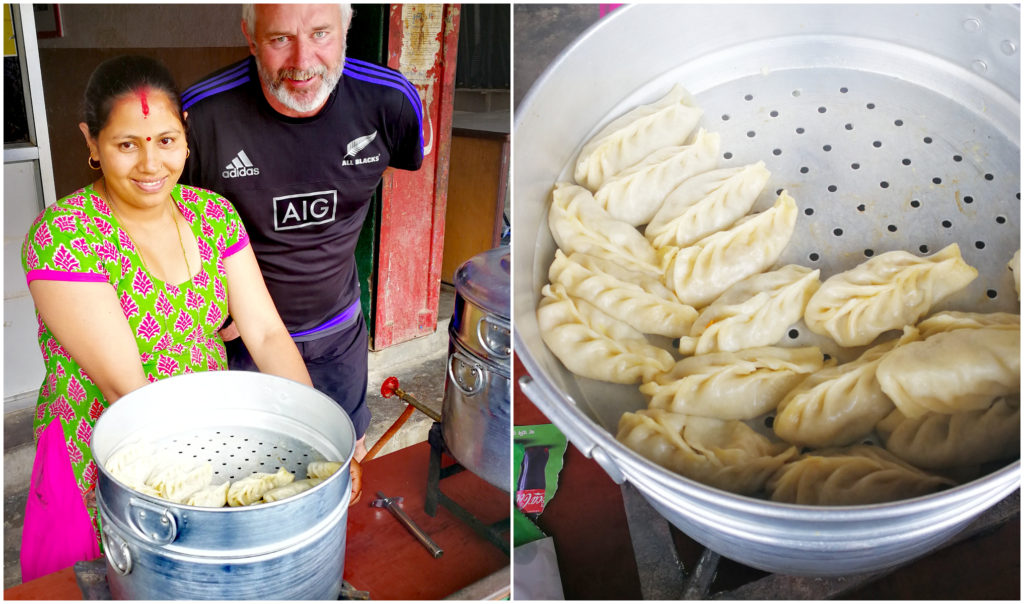
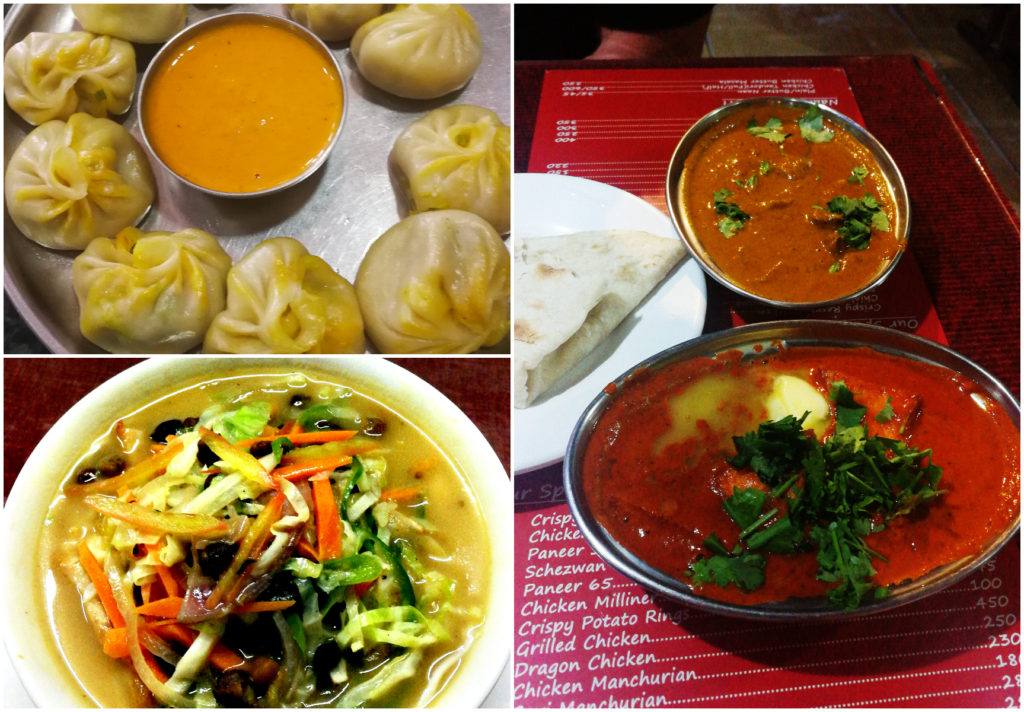
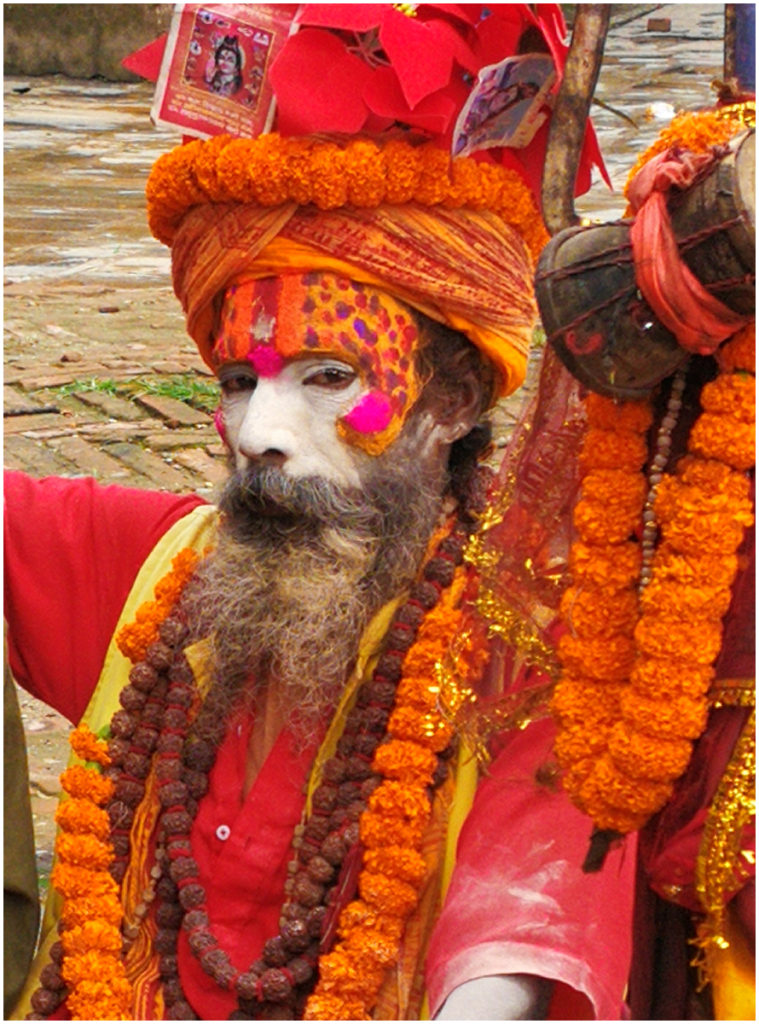
What a brilliant place for a house sit! I really enjoyed this post, full of interesting snippets of your life in Kathmandu.
Thanks Sue, we feel extremely blessed to have had the opportunity.
What a wonderfully interesting blog. Really love reading it. Thank you.
Thanks Sheila, appreciate your feedback.
hi Kiwis
i have seen a post by the owner of the3pugs in Budhanilkanta looking for a pet sitter for april 2021.
i live in Nepal and am french and is interested but today i cant find the post .
may be you are in touch with them or can give me their details.
you can also send them my details mail
all the best to you
I’ll see what I can do, if the post is gone, then they may have found someone.